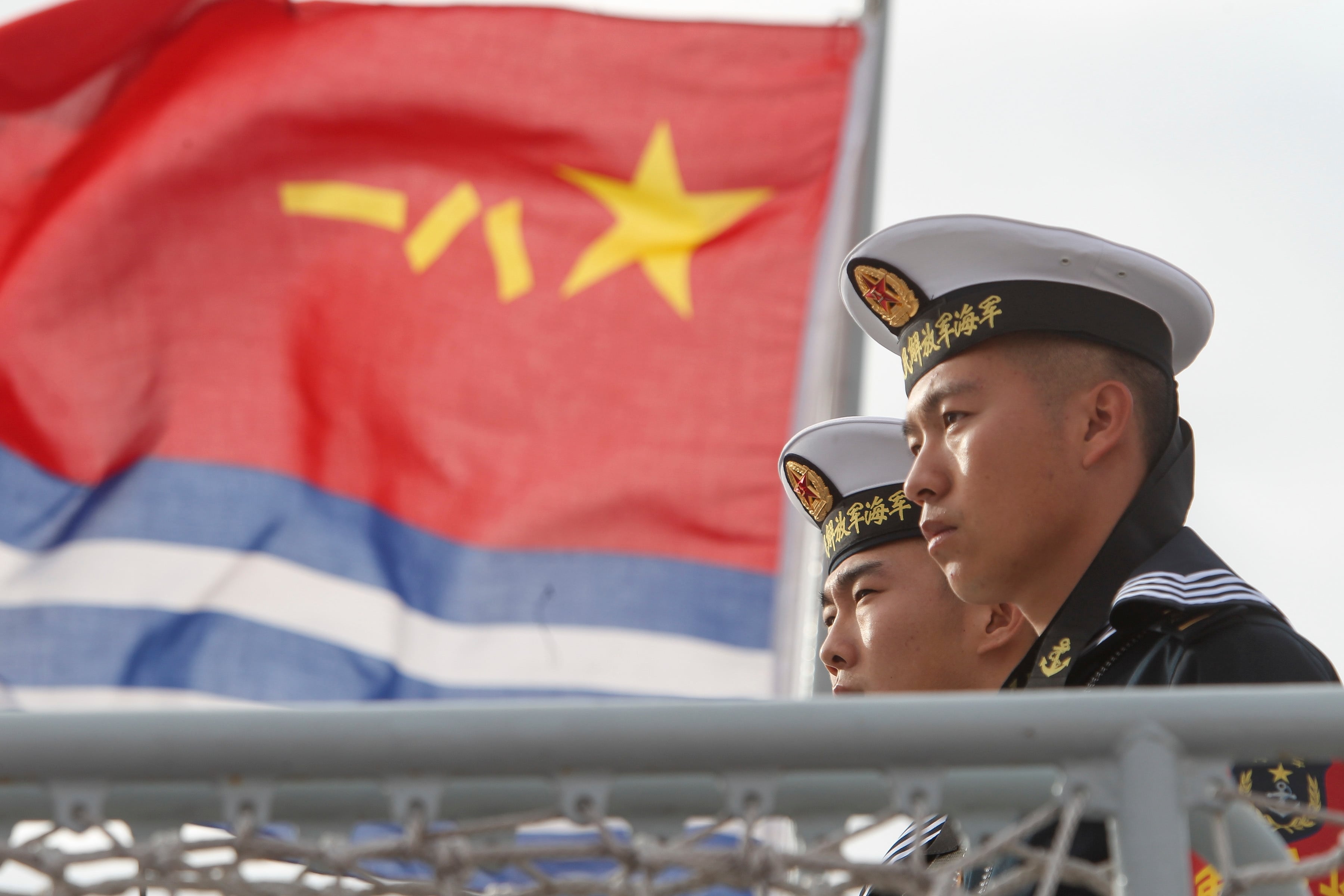MELBOURNE, Australia — China’s new Shenyang J-16 multirole fighter jet has been entering service in increasing numbers with little fanfare, with the lion’s share of attention focused on the stealthy Chengdu J-20 fighter’s development and introduction.
Images released by the Chinese military of a recent parade and exercise at Cangzhou in China’s northeastern Hebei province in early January show that at least two other People’s Liberation Army Air Force, or PLAAF, air brigades have converted or are in the process of converting to the J-16, bringing the total to three such units known to have the type into service.
This includes the 172nd and 176th brigades of the PLAAF’s Flight Test and Training Center, which is “assigned the task of developing flight techniques, combat tactics and training program for new aircraft and equipment,” according to Andreas Rupprecht, who has authored a number of books on Chinese military aviation.
The serial number on the aircraft at the recent exercise indicates that the third unit operating the J-16 is the 98th Brigade based at Chongqing in China’s southwest. There have also been reports from China that the 7th Brigade at Wuhu, Anhui province, is operating the J-16, although Defense News has been unable to confirm this.

A small number of J-16s entered service with the Flight Test and Training Center’s 176th Brigade in 2015 for the PLAAF equivalent of operational testing and evaluation; however multiple sources have said the wider introduction of the type into PLAAF service was reportedly delayed due to the need to refine the design of its active electronically scanned array radar developed by China’s No. 607 Institute.
The Shenyang J-16 is an indigenously developed Chinese offshoot of the Russian Su-30 Flanker-C multirole fighter, which is also operated by the PLAAF and China’s People’s Liberation Army Navy. Unlike the Shenyang J-11B/BS, which is a dedicated air combat aircraft based on the earlier Sukhoi Su-27, the J-16 is configured for both air-to-air and air-to-ground missions with its multimode AESA radar.
RELATED

Like the J-11B/BS, the J-16 is powered by the Chinese WS-10 Taihang turbofan engine. However, the J-16 has a provision for in-flight refueling, an infrared search and track system offset to the right of the canopy, and twin nose wheels to cope with a higher maximum takeoff weight, and it lacks a pitot tube on its nose cone.
An electronic attack version, tentatively designated J-16D, is under development, with at least one prototype known to have made a number of test flights.
Mike Yeo is the Asia correspondent for Defense News.








